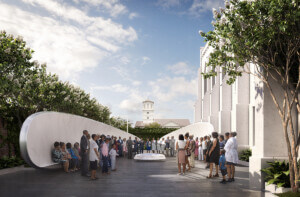Earlier this year, SWA Group was selected by Friends of Harvey Milk Plaza (FHMP) to lead the design of an inclusive new memorial-anchored LGBTQ+ space at the Muni Metro subway station plaza in San Francisco’s Castro District. Now, just days ahead of Harvey Milk Day, May 22, the firm is formally sharing its conceptual design plans, which first made the rounds during two feedback-seeking virtual town hall sessions held in mid-April.
Completed in 1980 at the corner of Market and Castro Streets, the plaza, designed by Howard Grant of Reid & Tarics Associates, is named in honor of the trailblazing community activist and San Francisco Board of Supervisors member Harvey Milk, who was assassinated in his office at San Francisco City Hall on November 27, 1979, after serving in the role for just less than a year. Milk, who was 48 at the time of his death, was the first openly gay elected official in California history. During his short time in office, the New York native affectionally known as the Mayor of Castro Street made a major lasting impact, having sponsored a 1978 bill—eventually passed by the San Francisco Board of Supervisors and signed into law by then-mayor George Moscone—banning discrimination in employment, housing, and public accommodations on the basis of sexual orientation.
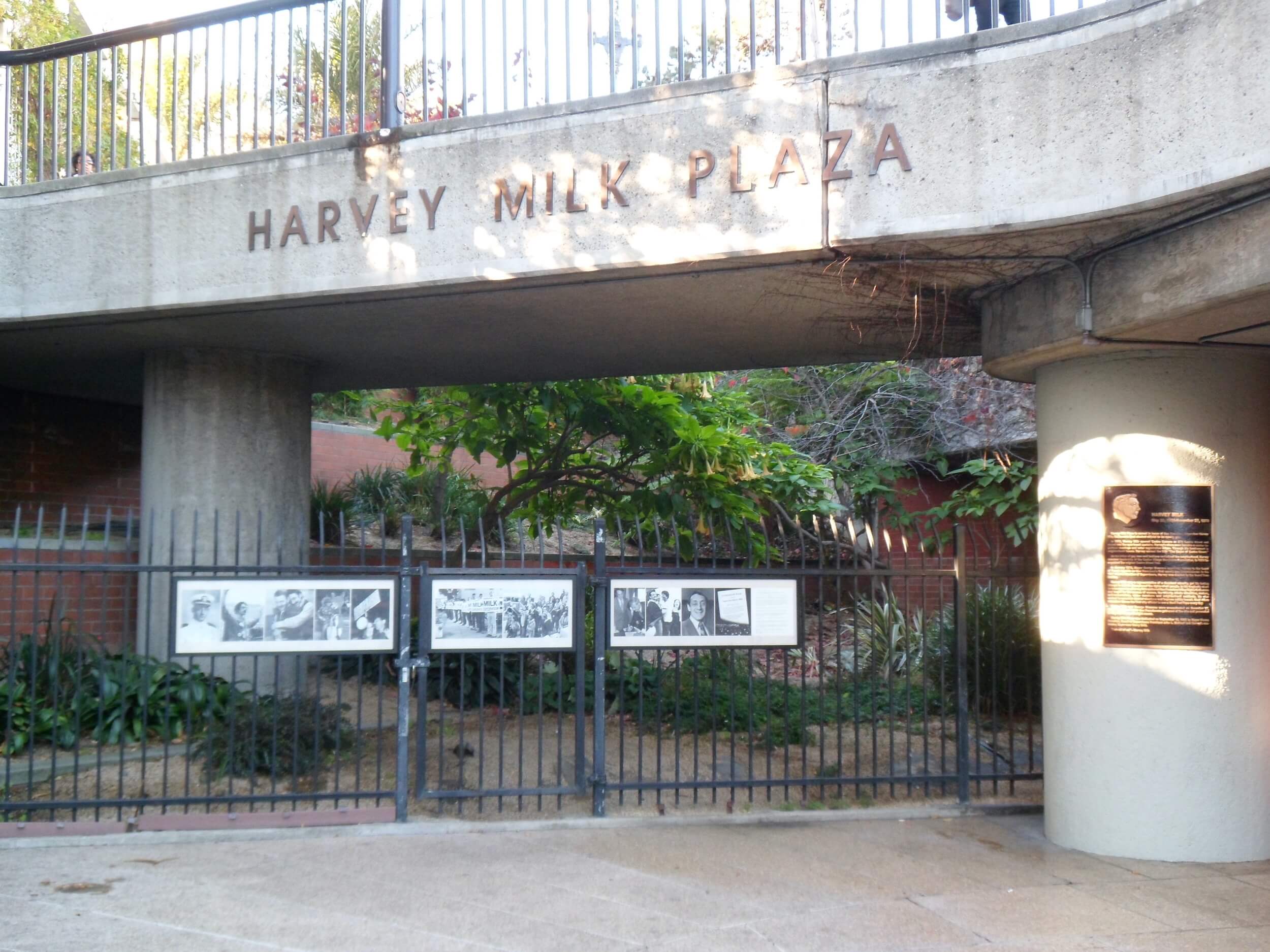
As noted in a press release, SWA, which operates two Bay Area studios (San Francisco and Sausalito) as well as offices in Texas, Southern California, New York City, and Shanghai, was chosen by FHMP from a shortlist of four firms that submitted design proposals; in total, 17 different firms were invited to submit. As mentioned, FHMP and SWA have hosted two virtual meetings with the Castro community thus far and will “continue their robust outreach and engagement effort, intended to engage the community in the memorial’s design process and ensure inclusivity to all.” The selection of SWA comes following an earlier, often contentious redesign effort at Harvey Milk Plaza led by Perkins Eastman that was ultimately scrapped following a number of revisions and community pushback. The San Francisco office of Perkins Eastman, along with Groundworks Office and Kuth Ranieri Architects, was one three local firms shortlisted by FHMP for the initial redesign in September 2017 following an international design competition.
Led by SWA, the new project design team also includes public engagement firm Civic Edge Consulting, WSP (lighting design), Peoples Associates Structural Engineers, and Telamon Engineering Consultants, which will serve as the engineer of record.
“Friends and SWA have already begun initial discussions around creating an unconventional and inclusive design process so these qualities of Harvey Milk and his legacy are inherently part of the design that is produced,” said Brian Springfield, interim executive director for FHMP, which was founded in 2016 to ensure that future redesigns of the plaza involved thorough community input.
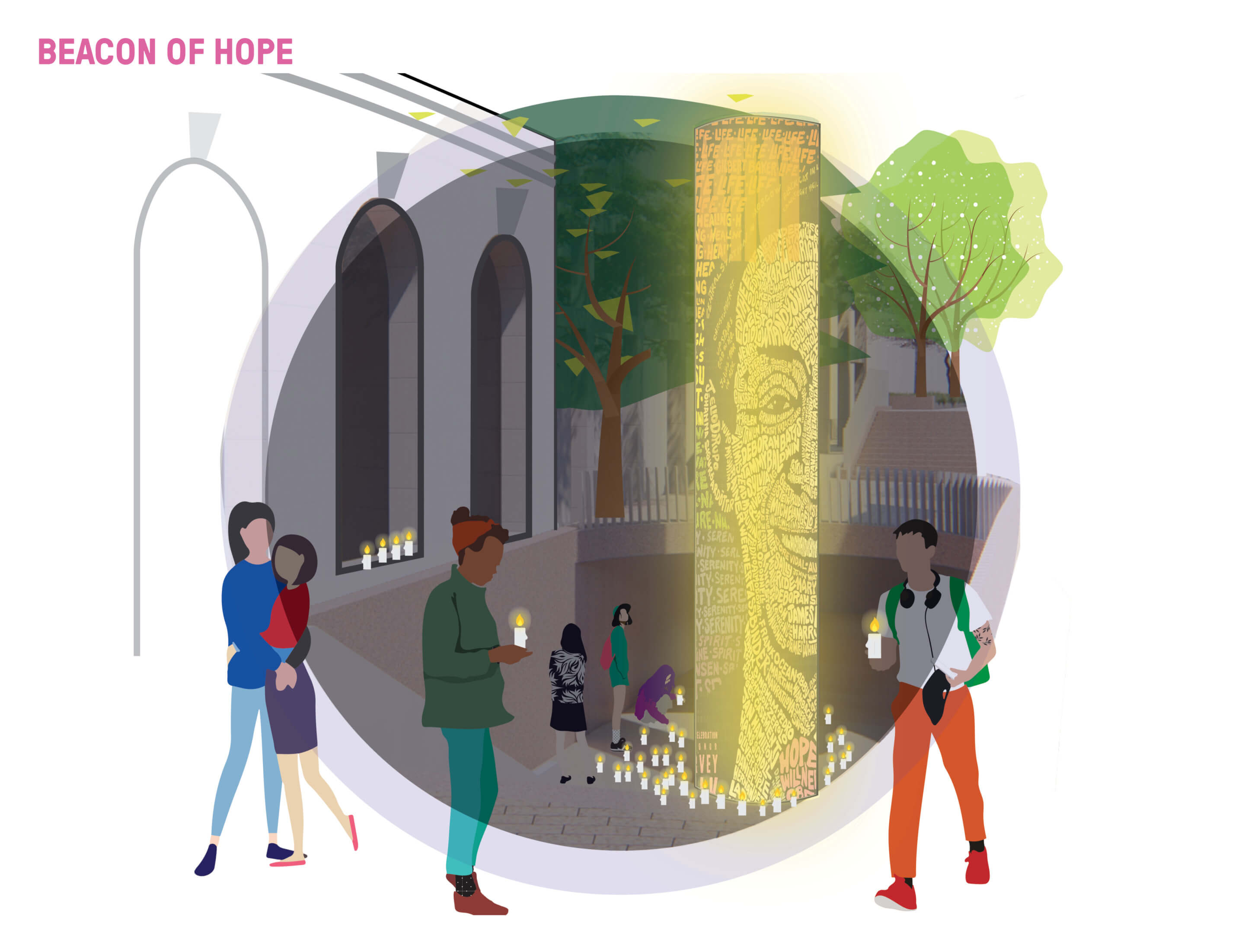
He added: “Throughout this process, we have heard from the community that they want a ‘next generation’ memorial as unique and unconventional as Harvey himself. Now that SWA is onboard, we are excited to re-engage with the public to explore what’s possible to honor Harvey Milk in a way that draws attention to the ongoing activism around issues of social justice, which Harvey championed during his lifetime. The memorial will be alive with Harvey’s politics including his call to others to get involved.”
Previously a working-class neighborhood, the Castro emerged as the epicenter of gay life in San Francisco in the mid-1960s and remains an iconic and historically significant hub of LGBTQ+ activism, culture, and commerce known across the world.
To honor Milk’s profound legacy in the heart of the neighborhood that he resided in and, all too briefly, represented at San Francisco City Hall, SWA has envisioned a design composed of three core elements confined to the existing footprint of the plaza: the Pedestal, the Beacon, and the Memorial Grove. (Other more expansive design concepts that stretch beyond the plaza were also presented during April engagement sessions.) The design will be finalized later this year following further engagement with the community.
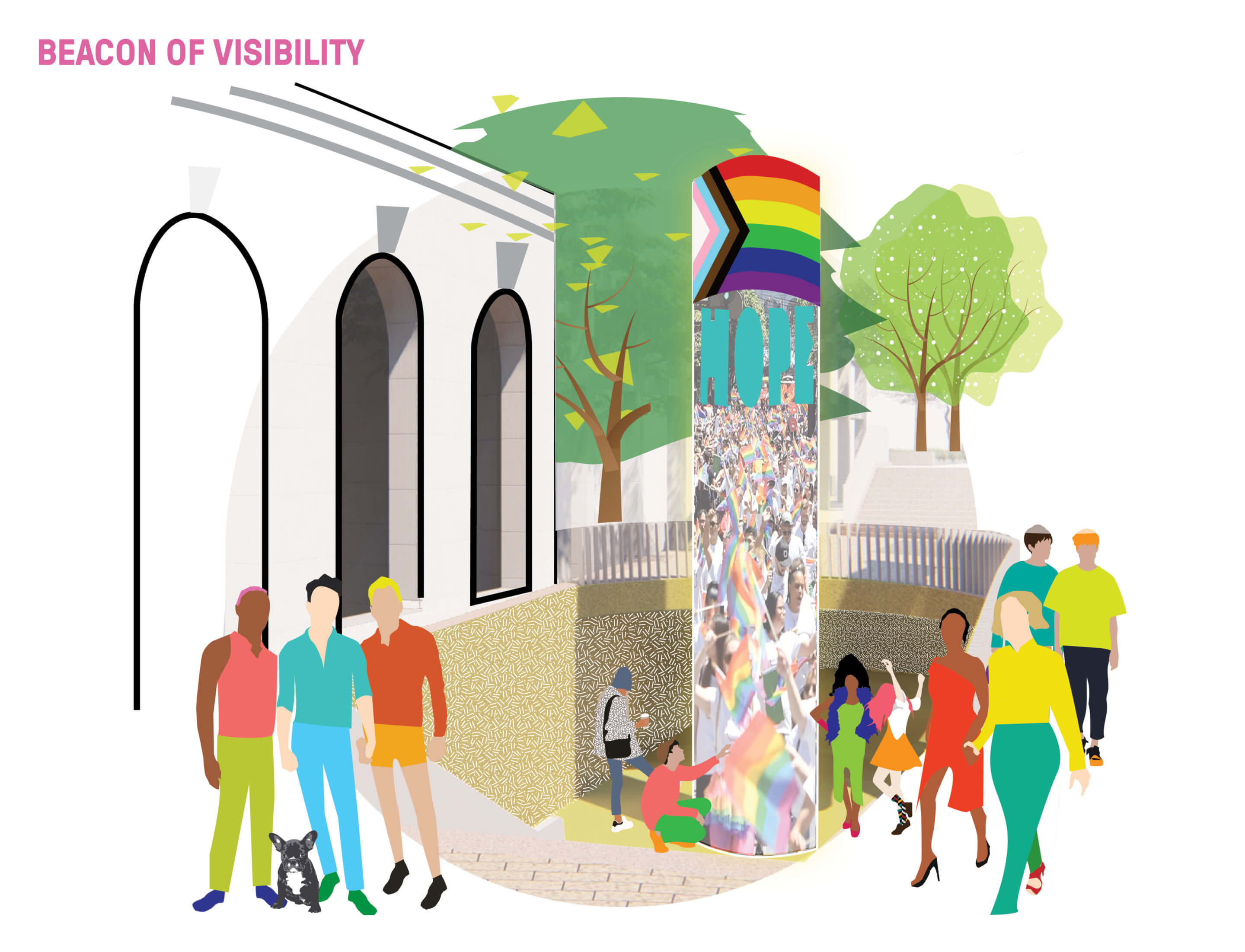
The Pedestal feature is quite literally that—a circular raised platform for community members to amplify their voices and be heard loud and clear by assembled crowds and passersby. As noted by SWA, the Pedestal is a way of ensuring that Milk’s final words— “All I ask is for the movement to continue”—are realized. “This approach honors Harvey not by placing him on a pedestal, but by creating a stage for the community and the movement: a living monument that changes over time,” the firm explained.
The Beacon is envisioned as a constantly evolving “digital monument,” a photo-activated kiosk of sorts displaying images of not only Milk himself but historic photos of the Castro along with images of queer life in San Francisco and beyond as well as images that capture the “struggles and victories” of the equality movement that Milk had such a formidable role in sparking. “The digital component is flexible and nimble, allowing for change to represent messages of protest and celebration when the community gathers on the site,” explained SWA. “The Beacon can also act as a center of hope when people come together at Harvey Milk Plaza to console or support one another.”
Photography played a key role in the life of Milk as he was a keen amateur photographer and operated a beloved neighborhood camera shop, Castro Camera, from 1972 until his death. Talks are reportedly underway to pursue historic designation from the National Park Service for the storefront, which doubled as Milk’s campaign quarters and is a designated San Francisco Landmark. Most recently, it served as an action center and retail outpost for the Human Rights Campaign and, before that, a call center for the Trevor Project.
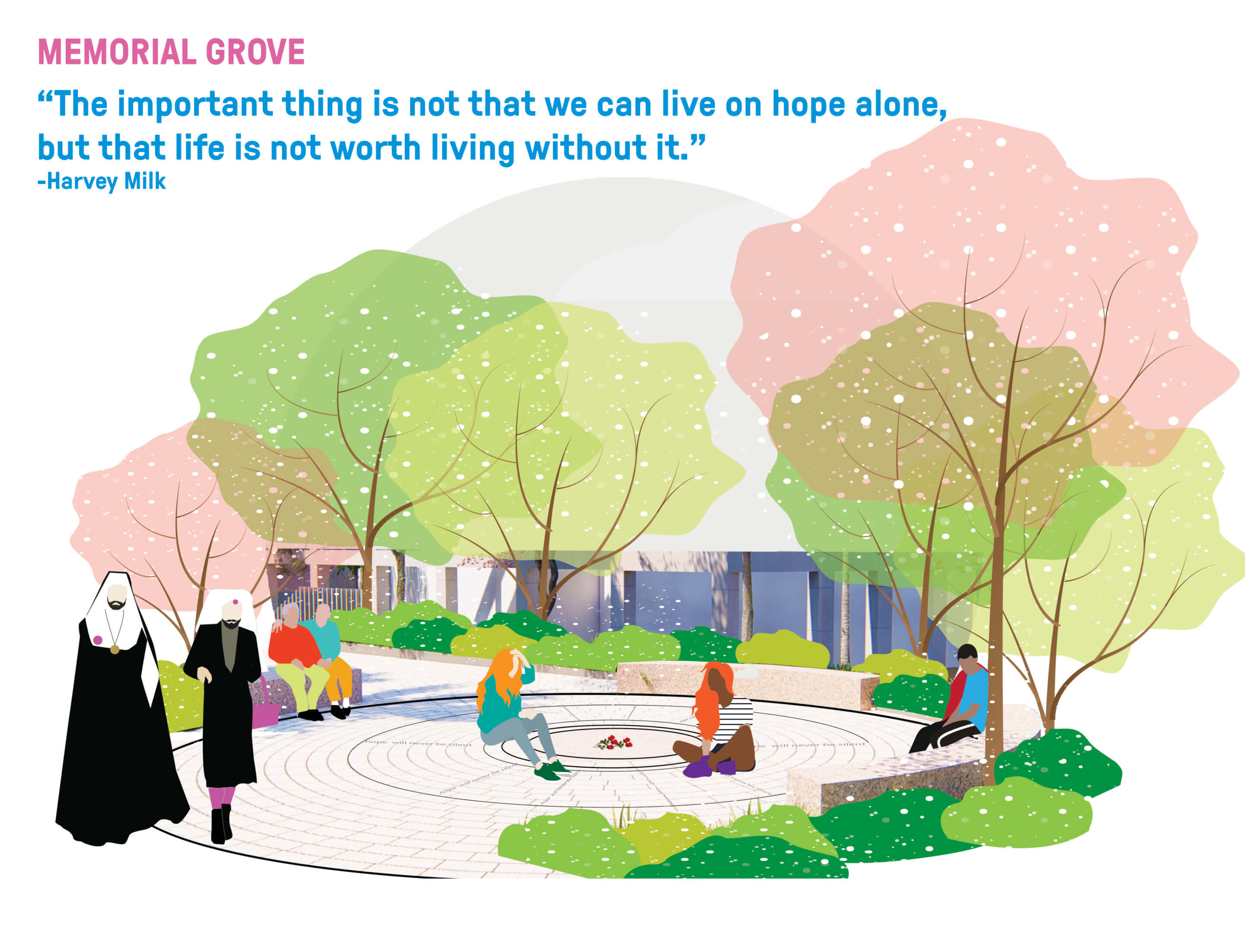
Lastly, the Memorial Grove, a popular proposed feature with community members, will be a shady green space on the western edge of the site populated by 11 trees, one for each month that Milk held office. As detailed by SWA, the trees will be species representing geographic locales associated with Milk’s life, including a tree from his native New York and a tree from Texas, where Milk lived briefly during his rather transient 20s following his discharge from the Navy. The remaining trees will represent San Francisco. Per SWA, the “eclectic collection of complementary but dissimilar trees epitomize Harvey’s informal personality and political style, as well as the beauty and diversity of the people of San Francisco.”
“We believe the memorial should speak as loudly and unapologetically as Harvey did—not only about the progress he brought about but about the work that is still to be done,” said SWA project lead Daniel Cunningham. “To be worthy of Harvey‘s legacy, his memorial should be a living monument—relevant and impactful today—dedicated to realizing his vision of equality and authenticity for everyone, everywhere.”
Funding for the Memorial at Harvey Milk Plaza is anticipated to be through a public-private partnership. In February 2020, the project was awarded a $2 million state grant, set into motion by State Senator Scott Wiener. As mentioned, a finalized design will be presented later this year. Separate from the memorial project, the Castro Muni station itself will undergo an accessibility-focused $14.5 million overhaul, including the installation of a new elevator, with work slated to kick off this fall.








